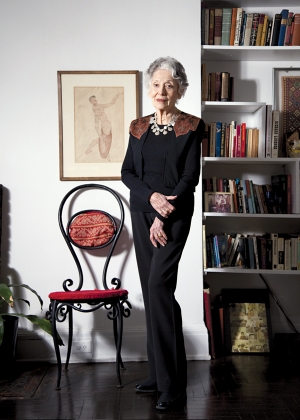
Photo: Soulbrother V2
Check out this opening line from a recent New York Times arts review:
The astounding thing about American slavery is not that it existed — the enslavement of one people by another may be one of history’s universals — but that it persisted.”
What struck me when I read that, is that it can also be said about the Holocaust. The fact that overt racism and mass genocide still exist doesn’t surprise me — they too are among history’s universals — but that Hitler’s attempt to slaughter every single Jew endured seven years before all of his death factories were discovered, and that it happened in the 20th century, during my own parents’ lifetime. That’s what’s incredible about it, how recent it was.
I saw other parallels to the Holocaust in that piece by Times culture critic, Edward Rothstein, entitled,“Life, Liberty and the Fact of Slavery,”
“It lasted into an era when its absence could be imagined and its presence could become an outrage.
That was one of the chilling peculiarities of slavery in the United States: As revolutionary ideas of human rights and liberty were being formulated, slavery was so widely accepted that contradictions between the evolving ideals and the brutish reality of enslavement were overlooked or tolerated.
We look back now, shocked at the cognitive and moral perversity.
It’s not a direct correlation, of course, but we 21st century beings also look back in shock at the moral perversity of what Hitler was able to accomplish right under our noses. We weren’t primitive beings in Western Europe circa 1939. For all intents and purposes, we were a civilized people. But maybe electricity and indoor plumbing are not enough to engender civilized behavior among certain people, because although what the Nazis did to the 11 million people they killed was calculated, it was also savage to the core.
Curious to learn more, I Googled, “American Slavery” and “Jewish Holocaust,” which led me to an article about a cool art exhibit at Philadelphia’s Vivant Art Collection (note: it’s no longer there) called, “Transcending History: Moving Beyond the Legacy of Slavery and the Holocaust.” It was organized by the Idea Coalition, a self-described “network of Black and Jewish young professionals who work to build bridges between our communities.” As described by the online journal Zeek, the exhibit showcased 30 different artists, Black and Jewish, “in a deliberate attempt to highlight both parallels and distinctions between the experiences of the two groups who have moved through history on parallel tracks—in both pain and response to it.”

Broadway, The Divide, by Elke Riva Sudin
The piece I was most drawn to (above) is by local Brooklyn artist, Elke Riva Sudin and is called,
“Broadway: The Divide.” It is part of her Hipsters and Hassids series. Cool stuff.
But I digress.
So, what is the connection between American Slavery and the Jewish Holocaust? Or, maybe a more relevant question would be, What is the relationship between Blacks and Jews today? Last night I asked my husband what he thought and he drew upon his middle-school and teenage years living on Chicago’s South Side. He said he remembers a strong bond between the Black and Jewish communities back then [the 1980s] but remarked that it no longer exists.
He followed it up this afternoon with an email:
I grew up in Jackson Park Highlands, which was on the South Side and was a remarkably diverse neighborhood. My next door neighbors were Al and Mary Taylor, successful African Americans with rich southern pedigrees from Mobile and Atlanta, and my neighbors on the other side were Dick and Vivian Handel, who were Jewish. It seems like the houses, which were big and surrounded by leafy yards, alternated Jewish and African American. Ramsey Lewis, the famous Jazz pianist, lived down the street, and Jesse Jackson lived in the neighborhood as well, which was only four blocks by four blocks. So my context was built from that: where we all loved Chicago, and we were all trying to make it, and we were all close friends. It almost felt like the color of our skin didn’t matter. I used to sleep over at Al and Mary’s, and I just adored them.
Interesting and heartfelt, but it doesn’t really answer my question. So instead I’ll leave you with Funny or Die’s Black and Jewish rap, which in internet parlance had me ROFL and LMAO. “Shalom to your mother,” indeed!













